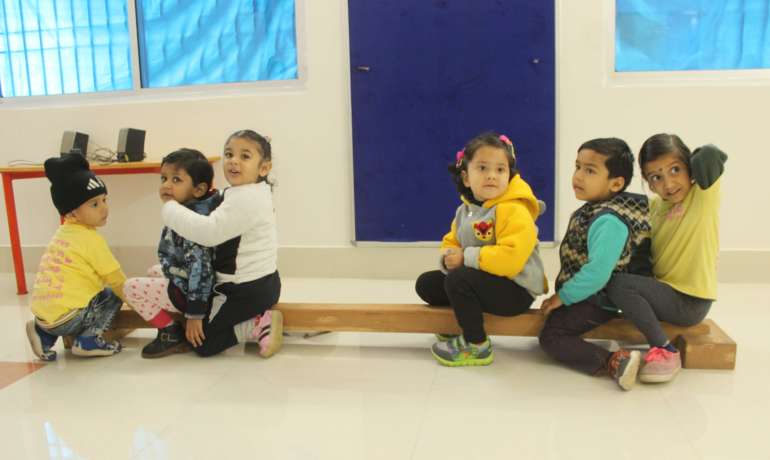As a parent, you keep hearing about all preschools trying to differentiate themselves by saying that they follow a different type of preschool curriculum. There are many different types of preschools, like Montessori method, Reggio Emilia, Waldorf-Steiner and Froebel. However, we also keep hearing terms like blended learning, play-way, activity based etc. So what does it all mean? Here are all of them explained, with a little bit of history.
1. Montessori- Started by Maria Montessori, who was a female Doctor in Italy, at a time when it was considered a rebellion. She observed kids in their natural environment and derived insights which would become the basis for this pedagogy. In Montessori method, specific wooden tools are employed to teach specific skills to children. Teachers demonstrate the use of these toys to children, who then imitate the teacher and learn these skills. For example, to teach holding a pencil to the kids, a specific tool called knobbed cylinder is employed. The skills taught in the school cover a wide gamut, from physical development to understanding numbers and pre-math concepts.

2.Reggio Emilia- Named after the village of Reggio Emilia in Italy, this methodology was developed after World War 2 by psychologist Loris Malaguzzi. This methodology emphasizes learning based on feelings of respect, community and responsibility and gives freedom to the children to make their own curriculum. Teachers play the role of facilitators who set-up different tools/toys/experiments which can then be explored by the kids. This pedagogy believes that there are 3 teachers for children- the adults, other students and the environment. Hence, Reggio Emilia preschools are supposed to have a provocative environment which enables students to learn from it.

3. Waldorf Steiner- The first such school was set up in 1919 based on Austrian educator Rudolf Steiner’s ideas. Designed to look like homes, Waldorf schools have a lot of natural materials which are used as teaching aids for the children. A conscious effort is made to keep the children away from electronic devices. Such schools ensure that their pupils follow a set routine which includes different activities like drawing, painting, singing, dancing, cleaning, cooking, stories etc.

4. Froebel- German educator Friedrich Froebel is credited with coining the term Kindergarten as he set up schools for 3-7 years old, which was significantly smaller than the contemporary norm. Froebel created different sets of toys known as “Gifts” which help children learn skills like 3D visualization, imagination etc.
.On top of these established pedagogies, many preschools employ a mix of their unique and conventional strategies to educate children.
5. Classroom based- Such preschools treat younger children as smaller versions of schools students and teach them in a way which is not very different from how grade-schoolers study. Memorization and writing is the biggest emphasis. Common curricular elements include recitation of the alphabet, being able to copy written sentences, memorizing things like animal names and sounds, names of fruits and vegetables, names of colours, names of states and capitals etc.

6. Blended- Such schools employ a mix of strategies borrowed from the pre-established schools of thought.
7. Play way- Play way means learning things using play instead of sitting and memorizing. When done effectively, children learn things without even realizing that they were learning. An example could be, word games which teach the alphabet to the children.



